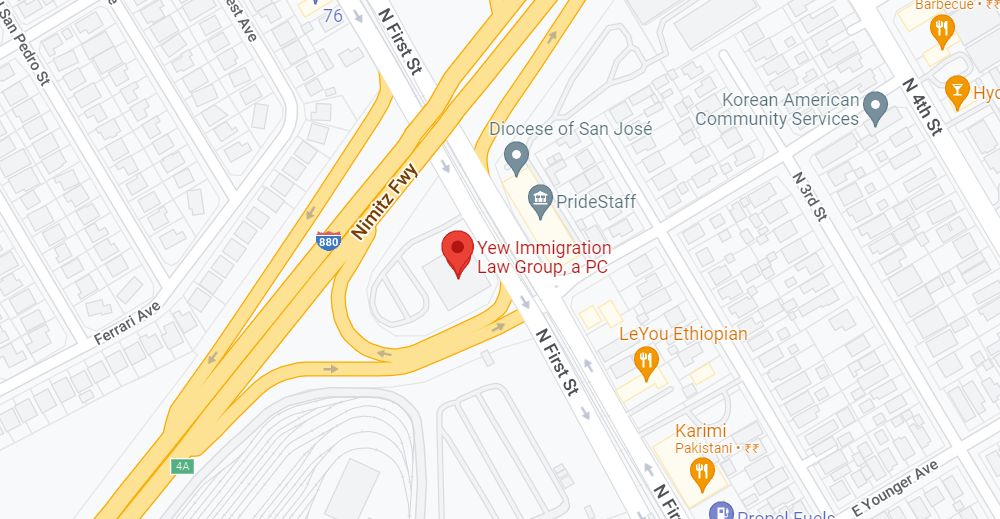If you would like to come to the United States for work, you need an employment-based visa. There are two classifications of employment-based visas: temporary and permanent. Each type has many visas to choose from, but you may only qualify for specific ones.
Many U.S. visas are subject to both annual numerical limits and per-country limits. There are typically more applications than visas are available. This may mean a significant wait for people seeking to enter from some countries.
Individuals from Iran, Syria, Yemen, Libya, and Somalia, along with certain people from Venezuela or North Korea, are generally excluded from the U.S. due to the Trump administration’s travel ban. Applicants from these countries would require a special waiver to enter the U.S.
Temporary employment-based visas
Temporary work-related visas are nonimmigrant visas, meaning that they do not qualify you to apply for a green card (lawful permanent resident status).
In most cases, you will need a job offer from a specific employer and will have limited ability to change jobs while on that visa. Your employer may need to complete a labor certification showing that no qualified U.S. workers are available for the position.
You can change your visa, either to another temporary work visa or to a permanent, employment-based visa, as long as you meet the qualifications for the new visa and there are visas available.
Once your visa expires — or if your employment is terminated — you are required to leave the U.S.
In many cases, your spouse and children qualify for a visa related to your own. For example, H-1B visa holders can bring their spouses and children (under 21) on H-4 visas.
Common types of temporary work-related visas include:
- E – Treaty trader/investor
- H – Temporary worker (includes H-1B, H-2A, H-2B, H4)
- I – Foreign media
- L- Intracompany transferee
- O – Person of extraordinary ability
- P – Athlete, artist or performer
- R – Person of religious occupation
- TN – NAFTA professional
Permanent employment-based visas
The U.S. offers permanent work-related visas based on a schedule of priorities. These visas allow you to apply for a green card (lawful permanent resident status). Green card holders can work in virtually any job and do not have to leave the country if they lose their job. Green card holders are eligible to apply for citizenship after five years.
In most cases, you will need a sponsoring employer. Your employer will typically have to submit a labor certification showing that there are no U.S. workers available, willing and qualified to fill the position at a wage equal to or greater than the prevailing wage for the position in that geographic area.
Spouses and children under the age of 21 are typically able to join the visa holder in the U.S.
There is an overall annual limit on these visas of 140,000, which includes both the applying immigrants and any spouses or children they bring along. There are also annual limits on each individual visa type.
Permanent employment-based visas in the U.S. are divided into five preference categories, with EB-1 being the most preferred. These categories are:
- EB-1 – Persons of extraordinary ability in the arts, science, business or athletics; outstanding professors and researchers; and multinational managers and executives
- EB-2 – Persons with advanced degrees or exceptional abilities in the arts, science or business
- EB-3 – Skilled workers; professionals with college degrees; unskilled but permanent and non-seasonal workers
- EB-4 – Special immigrants such as religious workers, employees of the U.S. foreign service, translators, former U.S. government employees and others
- EB-5 – Investors who will invest $500,000 to $1 million in an enterprise that will create at least 10 jobs for full-time U.S. workers
If you are interested in working in the U.S., contact Yew Immigration Law Group for experienced assistance.









